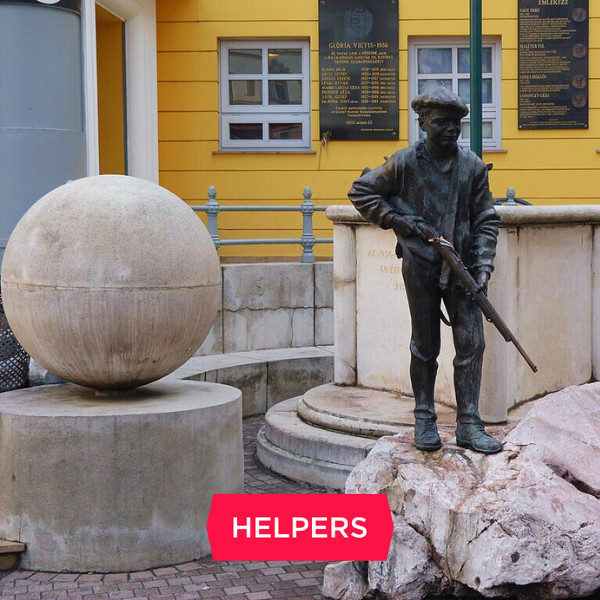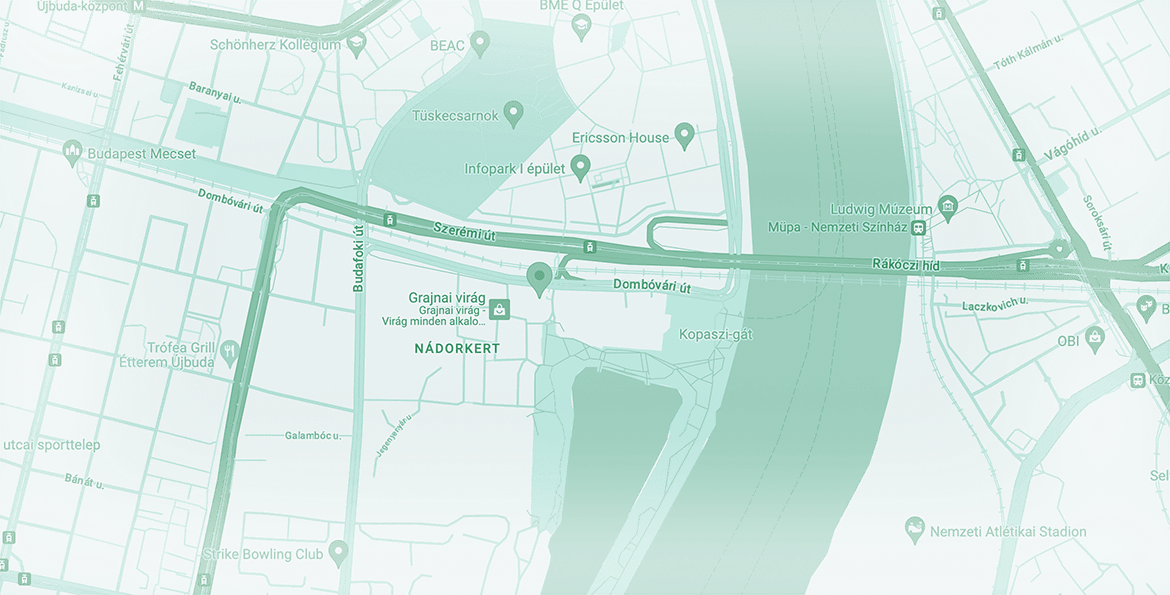
The significance of October 23 in Hungary
October 23 is one of the most important public holidays in Hungary. It commemorates the 1956 revolution that was a key moment of Hungarian history in the 20th century, creating a lasting impact on the nation, and becoming a symbol of the fight for freedom.
October 23 is one of the most important public holidays in Hungary. It commemorates the 1956 revolution that was a key moment of Hungarian history in the 20th century, creating a lasting impact on the nation, and becoming a symbol of the fight for freedom.
What to expect on October 23 in Hungary?
October 23 is a public holiday. Shops will be closed, and you can expect public events commemorating the 1956 revolution. In Budapest, the leaders of the government usually makes a speech, attended by crowds – but parties of the opposition often have their own events too. October 23 is also a day for organizing demonstrations. You should expect road blockages at our in the vicinity of these events, so city traffic often comes to a halt.
Schools always have their own commemorations, usually on the last day of school before October 23. Students may put on a play, focusing on one or more of the events; or there may be a contest, or some other, more interactive event to let students learn more about the revolution.
Many people choose to wear a red-white-green cockade on this day. The cockade is more related to March 15, the other important commemoration of a failed revolution, however. Wearing it in October is a more recent development, and it is not unanimously expected or supported.
What happened in the October of 1956?
In short: on October 23, 1956, a revolution broke out against the current government, which was in fact the executive organization of the Soviet dictatorship after World War II. The revolution went on for a little more than 2 weeks, until November 11, when the last of the resistance was crushed. This was followed by a lengthy and brutal period of retribution, during which many were executed and imprisoned, while the advancement of many others was made very difficult.
Please note: this is a very basic and brief description of the events. For more precise information, consult historical sources.
The October 23 events were preceded by long years of terror and oppression after the war. Russian occupational forces stayed in Hungary, and Imre Nagy, the PM who set a direction towards a more democratic system, was dismissed. Then in October, Hungarian university students had a congress in Budapest, and then organized a demonstration in the afternoon on October 23 on Bem József square. The demonstration continued and spread over the city. By late afternoon, over 200,000 people gathered in Kossuth Lajos square in front of the Parliament, but it didn’t stay there, and at one point, the crowd pulled down the huge, 10m statue of Stalin in Dózsa György avenue.
In the evening, the crowd moved to the headquarters of the Hungarian Radio broadcasting company. They wanted to get in to read their demands to the nation, but they were prevented. In the middle of the commotion, the police fired warning shots to get the crowd dispersed – but the soldiers in the building thought it was the demonstrators and they shot at the crowd. This just made everyone more agitated, the demonstrators took the guns from a supply car meant for the soldiers in the building, and also many soldiers switched sides. This is when the demonstration turned into an armed rebellion.
Imre Nagy was reinstated as PM, but that wasn’t enough to quell the fury of the people. What followed was weeks of Hungarian rebels trying to expel Russian occupational forces and take revenge on members of the ÁVH, the State Protection Authority responsible for establishment of the police state with its 28,000 special policemen and 40,000 informants.
In the end, the Russian Army intervened and turned the revolution into a massacre. Key figures were imprisoned and executed. Police control increased, everyone was suspicious. Any ties to the revolution or to revolutionary thinking could break careers and lives. During the revolution, around 200,000 people fled Hungary for the West (although around 11,000 returned by summer next year, accepting the amnesty offered).
The legacy of October 23
After the oppressive government had enough of the retribution, the revolution of 1956 probably contributed to the establishment of Hungary as the “merriest barrack” starting from the 1960s. Acknowledging what the people are capable of if no other option is left to them, new economic reforms were introduced that increased living standards and improved human rights.
October 23 is a reminder of the power of commitment and cooperation, and a symbol of resistance against oppression, even in dire situations. This is why it remained an important day to all Hungarians throughout the 20th century, until the final removal of Soviet occupational forces. Hungary became a republic on October 23, 1989, to commemorate the efforts of the revolution.
1956 on the screen
Naturally, 1956 made an impact not only on Hungarian history but also on culture. It is depicted in various movies; below is just a short selection:
- Children of Glory (Szabadság, szerelem, 2006): A story of passion and sadness, depicting the events of October 1956 in Budapest and at the Melbourne Olympics.
- Whooping Cough (Szamárköhögés, 1987): A 10-year-old boy in 1956 Budapest initially celebrates school closures, unaware of the uprising’s gravity. As friends and relatives vanish, both children and adults face the harsh reality of the revolution.
- The Unburied Man (A temetetlen halott, 2004): The story of the life, imprisonment, and death of Imre Nagy, the prime minister of the revolution.
- Dániel, the Lucky (Szerencsés Dániel, 1983): Young and poor Dániel wants to follow his wealthy girlfriend and her family to the West after the revolution, but only gets as far as a hotel in the countryside.
- Mastergame (Mesterjátszma, 2023): A mind-blowing thriller about a chess-obsessed ÁVH officer and two young lovers trying to leave Hungary on the last train for the west after the revolution is crushed.
- Torn from the Flag (A lyukas zászló, 2007): A sociopolitical historical documentary about the international decline of communism and the 1956 Hungarian Revolution.
- Mansfeld (Mansfeld, 2006): A movie about Péter Mansfeld, who was one of the “Kids of Pest”, high school students who had an active part in the revolution. Later he became the youngest victim of the era of retributions.
- Time Stands Still (Megáll az idő, 1982): In this cult classic, a teenage boy has to grow up in the shifting political and moral landscape of post-1956 Hungary. The movie is the source of the adage, “We are not dying, we live like this.”
1956 and Hungarian citizenship
Was one or more of your ancestors among those thousands who left Hungary in 1956? Then you might be eligible for Hungarian citizenship. Reclaim your Hungarian heritage and let our experts assist you with your Hungarian citizenship application. We would be happy to help you.
Contact
Get in touch today
Monday - Friday
9am - 5pm CET
Helpers Hungary Kft
Budapart Gate
Dombóvári út 27
Budapest 1117, Hungary
If you’re visiting us, please use entrance A and come to the 2nd floor.





